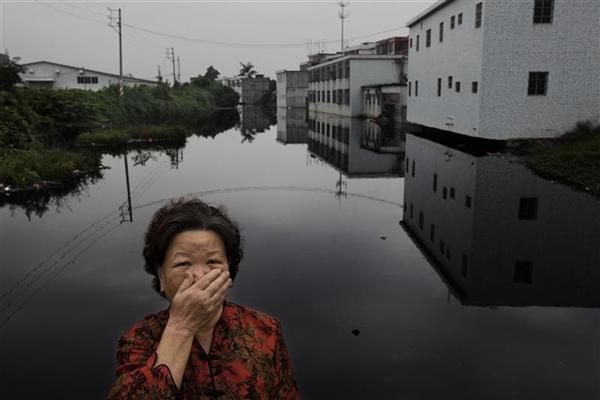Toxic chemicals are in way more places than they should be—our homes, our clothing and our waterways to name a few. Not only do the products themselves contain hazardous chemicals, but the companies that make them routinely pollute our natural resources with their waste.

Polluting Our Water
Water—one of our most precious and essential resources—is perhaps the most impacted by industrial polluters.
Discharges or emissions from manufacturing can leak out during production processes, while a product is being used, or ]are emitted after a product is thrown away as trash. That’s when chemicals enter our waterways, where most wastewater treatment plants are not set up to process such toxic chemicals.
Many of the chemicals that are produced when goods like clothing or electronics are manufactured are hazardous, and many can do long-term harm far from their source. They can travel long distances and accumulate in food chains, ultimately poisoning our food supply.
It’s Time to Detox
Our Detox campaign launched in 2011 to expose the direct links between some of the world’s largest clothing brands, their suppliers and toxic water pollution around the globe. The textile industry relies on 11 hazardous chemicals in particular that we urgently need to eliminate for a toxic-free future.
